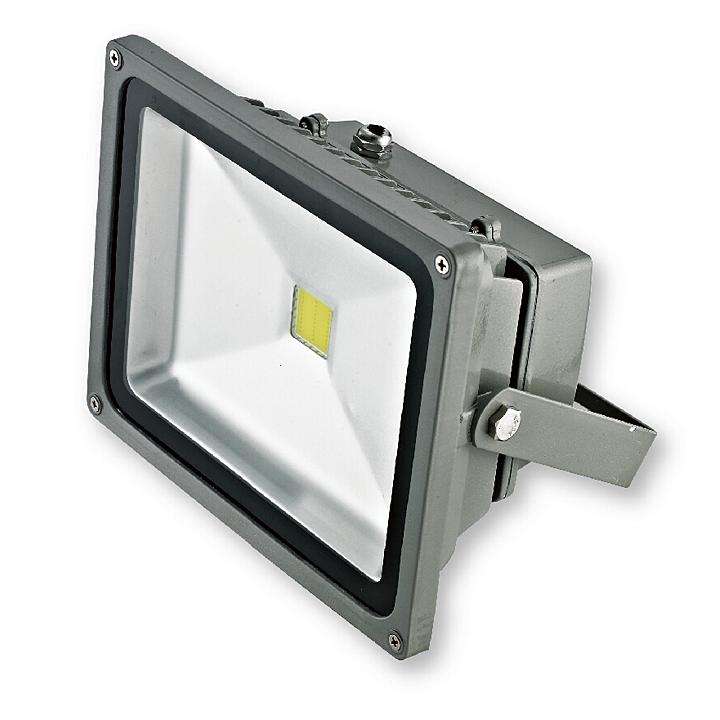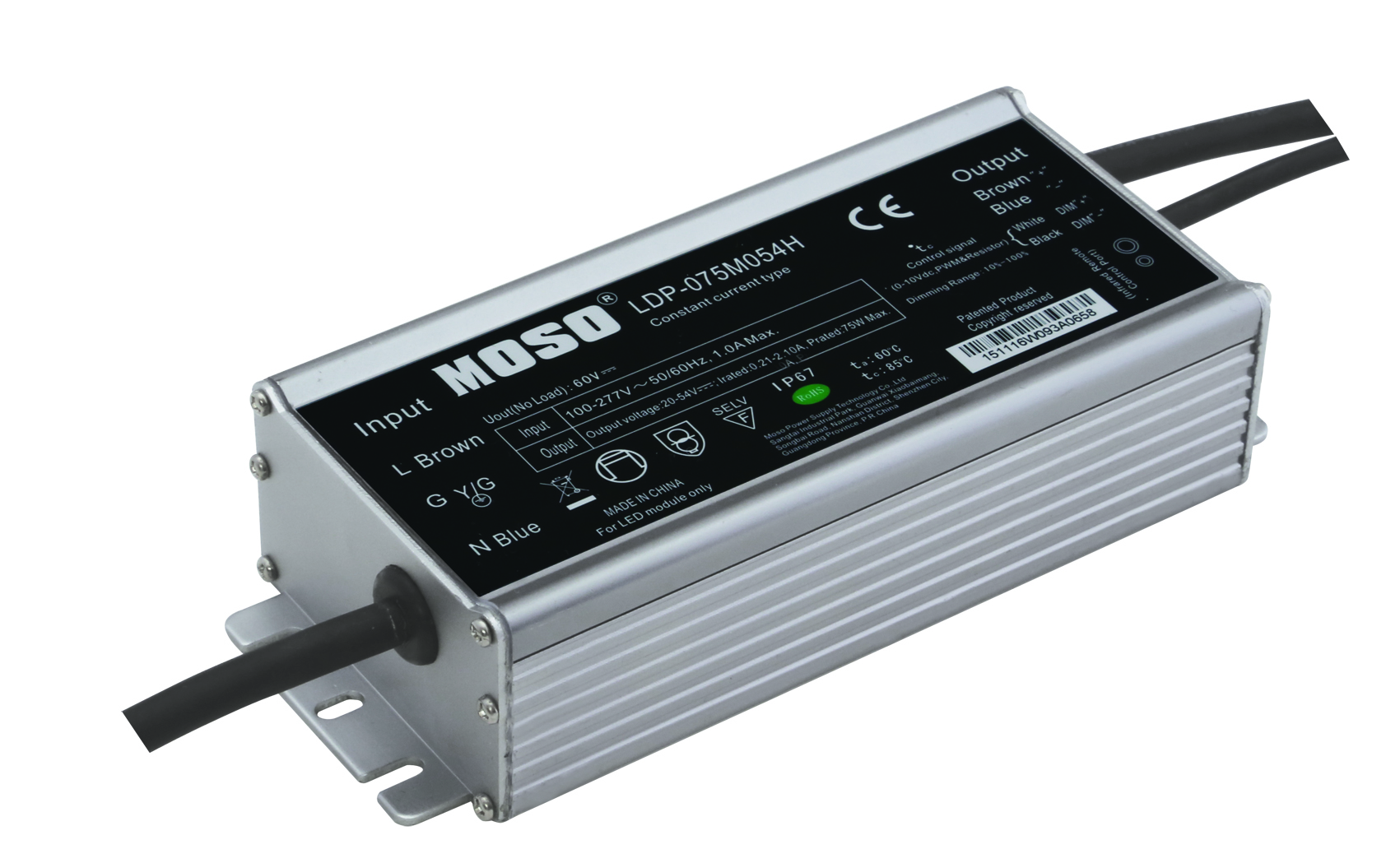The concept of efficiency is relatively complex compared to the two concepts of power and lifetime of LEDs. First of all, there are three general efficiencies, plus five concepts that are usually confused (see Table 1 for details). In addition, there are six concepts of light conversion efficiency produced by the structure, which can be divided into five categories. In the table, we give four of them: First of all, for a single lamp bead, there are two concepts of efficiency: 1. The luminous efficiency of the lamp bead, that is, how much light can be emitted per input of 1W of electric energy. This efficiency is an indicator for measuring the luminous efficiency of a single lamp bead, not Measuring the luminous efficiency of the whole lamp, so the luminous efficiency of the single lamp bead is only the basis for determining the luminous efficiency of the whole lamp, and is not equal to the luminous efficiency of the whole lamp; 2. The conversion efficiency of the lamp bead refers to the electric energy per input of 1W, and how much electric energy there is. Used to illuminate. Luminous efficiency is generally used more often, and conversion efficiency is usually used to evaluate the development level of the chip. Secondly, the lamp efficiency in the application environment is generally not very useful, but I prefer to evaluate the quality of a batch of lamp beads, that is, the lamp beads are directly consumed on the lamp board without considering the drive. The ratio of power to the total amount of light emitted by the panel. The lumen wattage thus calculated can reflect the average luminous efficiency of a batch of lamp beads, thereby determining the mass of a batch of beads. In addition, the efficiency of the drive may be more familiar, that is, the ratio of the power of the input drive to the power of the drive output is the conversion efficiency of the drive. The last one is the focus of everyone's concern, that is, the luminous efficiency of the whole lamp. This formula is very simple, which is the ratio of the total amount of illumination of the luminaire to the total input power. For the light conversion efficiency due to the structure of the luminaire, the light conversion rate of the luminaire structure may be special. In common propaganda, it is often confused with the luminous efficiency of the whole lamp and the luminous efficiency of a single lamp bead. For the relationship between them, we can roughly think: the luminous efficiency of the whole lamp = the luminous efficiency of the lamp bead in the application environment - the conversion efficiency of the driving - the light conversion efficiency of the structure. In this relationship, we can see that the luminous efficiency of the whole lamp should be less than the luminous efficiency of the lamp bead. In addition to the influence of the driving conversion efficiency mentioned above, there is also a problem that is often overlooked by everyone, that is, the lamp The impact of the structure. The influence of the structure of the luminaire is not only the influence of the diffuser plate, especially for the illuminating type of the illuminating type, the light conversion efficiency is very low, which can be said to be a bottleneck restricting the side illuminating type luminaire. Therefore, if we say the luminous efficiency of the whole lamp, the conversion efficiency of the drive and the conversion efficiency of the lamp structure should be deducted. Efficiency is a more complex concept in LED lighting. At the same time, we must also point out that efficiency is not static, but changes with the working environment. For example, the temperature of work will change the efficiency. So when we talk about LED efficiency, we must not only clearly indicate which efficiency is, but also what efficiency is in the environment.
The output current programmable constant
power led driver is the most high-profile solution for Flood Light LED Driver from 42W to320W. It`s compatible with various safety regulations,
certified with UL, CE, TUV, ENEC, CB, SAA, BIS, KC, etc,
integrating the function of output current adjustable with
3-in-1 dimming, for customers to choose the output current demand and 1-10Vdc,
PWM signal and timer control by just one single driver.
The output current adjustable led driver is
a perfect power proposal for led Flood light, the flood light led driver power from 26W to 150W. It does satisfy
the demands for both function and cost effective together, certified by CE
institute. The compact metal case and high efficiency
enables the driver to operating with high reliability, and extending product
lifetime to at least 50,000 hours.
The economic output current fixed led
control gear is focused on quality reliable and cost decreased at the same time
to offer the best economic flood light led driver solution for light from 26W to 150W.
Approved by CE institute, the led driver with multiple protections, like output
OVP, SCP and OTP ,surge protection up to 6KV and wild range working temperature
to ensuring the lifetime also at least 50,000 hours.
Flood Light LED Driver Flood Light LED Driver,Programmable Flood Light LED Driver,Dimmable Flood Light LED Driver,Dali Flood Light LED Driver Moso Electronics , https://www.mosoleddriver.com

It is defined as the ratio of the light emitted on the lamp panel to the light emitted by the entire lamp, which is at least one difference due to the attenuation of the light by the diffuser or the light-transmitting plate.


For LEDs, the so-called "power" refers to the total energy consumed by a lighting product over a certain period of time. Usually, we use the unit "degree" to measure electricity, also known as kilowatt hours (kW·h). LED lighting has three powers, namely, luminous power, driving power consumption, and total power. Their relationship is: total power = luminous power + driving power consumption.
It is easy to confuse "total power" with "lighting power". In principle, this is ok, but a prerequisite is also required: the power consumption of the drive is negligible. I have two samples in my hand, in which the measured total power is 11.2W, the drive output voltage is 37V, the output current is 260mA, and the power consumption of the drive is about 11.2W-37V×260mA = 1.58W, the consumption of the drive The ratio of total power is: 1.58W ÷ 11.2W ≈ 14.1%, which has exceeded 10% of the total power, so it cannot be regarded as negligible power.
In addition, the efficiency of this product is about 86%, the total power is 11.2W, and the nominal power of the luminaire is 12W. The difference between the two is less than 10%. This is acceptable. However, if the propaganda says that the luminous power is 12W, this is not acceptable, because the luminous power is actually only a little more than 9.6W, and the difference between the two is already greater than 10%.
The other sample, with a total power of 11.87W, has a drive output voltage of 96V and an output current of 120mA. The power consumed by the driver is: 11.87W-96V×120mA = 0.35W, and the ratio of driving power consumption to total power is 0.35W÷11.38W≈3%, such power consumption can be ignored. The conversion efficiency of this drive is: 96V × 120mA ÷ 11.87W ≈ 97%. Then the luminous power of this product is 11.52W and the total power is 11.87W. In this case, we can "mix" the luminous power with the total power.
In the past two years, many manufacturers have been promoting the luminous power as the total power, so that the total power is actually smaller. Recently, the manufacturer has used the total power as the luminous power. Similarly, if it is so publicized, the luminous power is overestimated.
Looking at the current LED indicators, in the general publicity, the three indicators that are most likely to cause misunderstanding are power, life and efficiency. In this issue, we continue to discuss the parameters - life.
Life expectancy is similar to power. There are also three concepts commonly used for life. They are: 1. The cell life of the lamp bead; 2. The life of the lamp bead in practical applications; 3. The life of the driver. These three life concepts constitute the life of the luminaire, and the shortest part of the life determines the life of the luminaire.
Here, I want to explain a common mistake, that is, 50,000 hours of argument, this statement is derived from CREE , has a special description on its official website, the general idea is: Cree found an independent third-party laboratory, according to LM The -80 standard measures their luminaires; as a result, under the "normal use conditions", after 6000 hours of measurement, the result of the lamp life of 50,000 hours was obtained. Cree also cautions that any changes in initial conditions or parameters will affect the useful life of the LEDs to varying degrees.
Please note this paragraph: First, Cree does not give the name of an independent third-party laboratory, so the original record is not public; Second, Cree does not give the meaning of the so-called "normal use conditions", please note This condition can be inconsistent with "daily use conditions"; in the end, Cree cautions that initial conditions or changes in parameters will affect the life of LED luminaires. As can be seen from the above description, this experiment is for reference only and is not very strict, so the "50,000-hour life" cannot be used as a reliable basis for publicity.
In general, in the case of sufficient heat dissipation (here, junction temperature, English writing Tj, working under 850C), the life of LED single lamp beads can reach 35,000 hours. This cell life and LED can be compared in the actual operation of the luminaire. Of course, because many lamps on the market do not have the so-called "sufficient heat dissipation", that is, the junction temperature of LED lamp beads is often 950C or 1000C, or even higher, then the life of the lamp bead in practical applications is Shorter. Therefore, in general, the life of the lamp bead is shorter than the life of the LED single lamp bead, especially in the case where the structure of the lamp is unreasonable and the heat dissipation is not fully guaranteed.
Finally, the problem of LED "difficult" is that the life of mainstream drivers on the market is much lower than the life of LED lamps. Of course, the essence of the problem is that the driving technology structure is unreasonable, resulting in low efficiency, so that the temperature rise is high; the temperature distribution caused by the technical structure is not uniform, thereby greatly reducing the life of the LED driver.
November 26, 2020